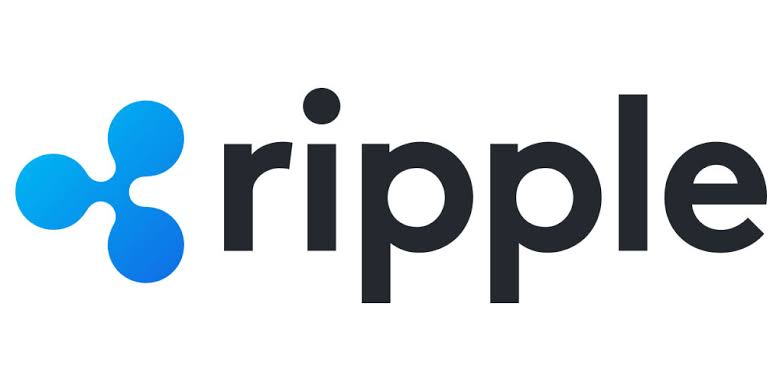Are you ready for a financial world where your bank offers Bitcoin and other cryptocurrencies just like any other traditional asset? Ripple Labs is taking a giant leap towards this “crypto-first future” with its latest innovation: Ripple Liquidity Hub. This isn’t just another crypto product; it’s a game-changer designed to seamlessly integrate digital assets into the existing financial infrastructure.
What is Ripple Liquidity Hub?
Imagine a single platform that allows financial institutions to effortlessly access and offer a wide range of cryptocurrencies to their customers. That’s precisely what Ripple Liquidity Hub aims to achieve. In their recent press release, Ripple unveiled this groundbreaking product, describing it as:
“[It is] a groundbreaking new way for enterprises to easily and efficiently source digital assets from the broader crypto market. As a crypto liquidity platform built for the enterprise… it will unleash the potential to access deep liquidity within markets, accelerating the shift to crypto.”
In simpler terms, Ripple Liquidity Hub is like a central marketplace for digital assets, specifically tailored for businesses. It empowers financial institutions to tap into the vast crypto market and provide crypto services directly to their clientele.
Why is this a big deal?
As Asheesh Birla, General Manager of RippleNET, highlighted in a statement to Yahoo Finance, customer demand is driving this change:
“Customers are coming to banks asking, ‘How can we buy Bitcoin [BTC] or digital assets?’ This is a solution that enables banking customers to do that.”
This statement underscores a crucial shift in the financial landscape. People are no longer just curious about crypto; they want to incorporate it into their everyday financial lives, and they are turning to their trusted banks for these services. Ripple Liquidity Hub provides the infrastructure for banks to meet this growing demand safely and efficiently.
What Cryptocurrencies Will Ripple Liquidity Hub Support?
Initially, Ripple Liquidity Hub will support a diverse range of cryptocurrencies, demonstrating Ripple’s commitment to interoperability within the crypto ecosystem. The press release detailed the initial lineup:
- Bitcoin (BTC): The original and most well-known cryptocurrency.
- Ethereum (ETH): The leading platform for decentralized applications and smart contracts.
- Litecoin (LTC): Often referred to as the ‘silver’ to Bitcoin’s ‘gold’, known for faster transaction speeds.
- Ethereum Classic (ETC): A continuation of the original Ethereum blockchain.
- Bitcoin Cash (BCH): A fork of Bitcoin, designed to improve transaction scalability.
- XRP: Ripple’s native digital asset, designed for fast and low-cost international payments.
It’s important to note that availability may vary by region, and Ripple plans to expand the list of supported digital assets over time. This broad initial support signals Ripple’s inclusive approach and its understanding that a diverse crypto offering is essential to meet varied customer needs.
Beyond Trading: What’s Next for Liquidity Hub?
Ripple’s vision for Liquidity Hub extends beyond simply buying and selling cryptocurrencies. The press release hinted at future functionalities that could significantly enhance the platform’s appeal and utility:
“In the future, Ripple plans to add functionality… such as staking and yield-generating functionalities.”
This suggests that Ripple is looking to incorporate features like:
- Staking: Allowing users to earn rewards by participating in the network validation process of certain cryptocurrencies.
- Yield-Generating Functionalities: Potentially offering opportunities to earn interest or other forms of yield on held crypto assets, similar to traditional savings accounts.
These additions would transform Liquidity Hub into a more comprehensive crypto service platform, making it even more attractive for financial institutions looking to offer a full suite of crypto products.
Ripple’s Broader Vision: Interoperability and the Future of Finance
While XRP remains a core part of Ripple’s technology, the development of Liquidity Hub highlights a broader strategic direction focused on interoperability. As stated in the press release:
“While the XRP Ledger and XRP are and will remain a native part of our tech stack, we at Ripple believe that achieving interoperability is key to unlocking crypto’s true potential. Because of this, Ripple Liquidity Hub will initially support BTC, ETH [Ethereum], LTC [Litecoin], ETC [Ethereum Classic], BCH [Bitcoin Cash] and XRP…”
This statement is significant. It signals Ripple’s understanding that the future of finance is likely to be multi-chain and interconnected. By supporting a range of cryptocurrencies, Ripple is positioning itself at the forefront of this evolving landscape, facilitating the integration of diverse digital assets into the traditional financial system.
Conclusion: A Step Closer to Mainstream Crypto Adoption?
Ripple Liquidity Hub represents a significant step towards bridging the gap between traditional finance and the burgeoning world of cryptocurrency. By providing a robust, enterprise-grade solution for financial institutions to offer crypto services, Ripple is paving the way for wider mainstream adoption of digital assets. As customer demand for crypto access grows, platforms like Liquidity Hub will be crucial in enabling banks and other financial players to confidently and securely step into the crypto-first future. Keep an eye on Ripple – they are actively shaping the next era of finance!

Galaxy Interactive Rises Additional $325M Fund For Metaverse and Next Gen…>>
Disclaimer: The information provided is not trading advice, Bitcoinworld.co.in holds no liability for any investments made based on the information provided on this page. We strongly recommend independent research and/or consultation with a qualified professional before making any investment decisions.


